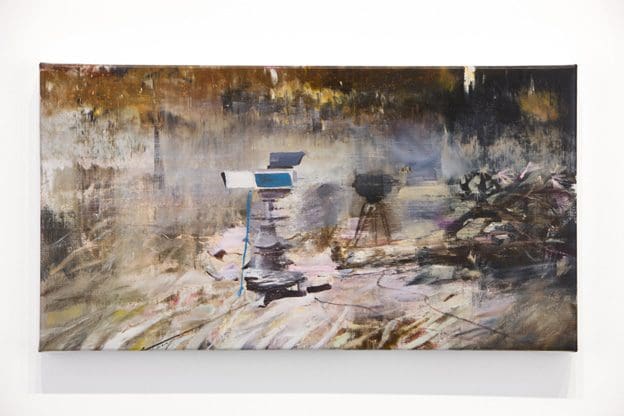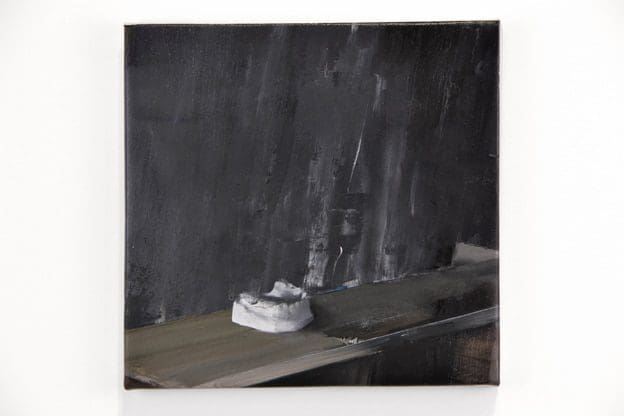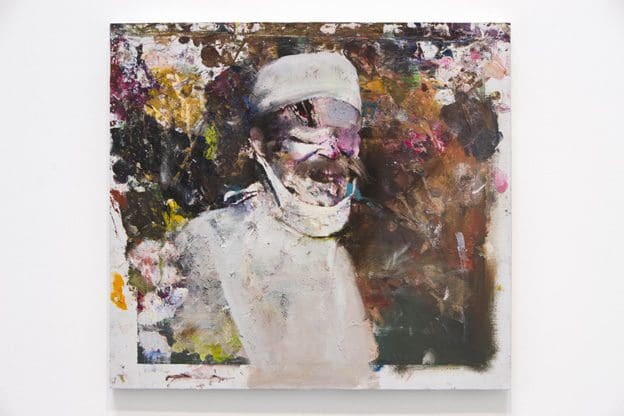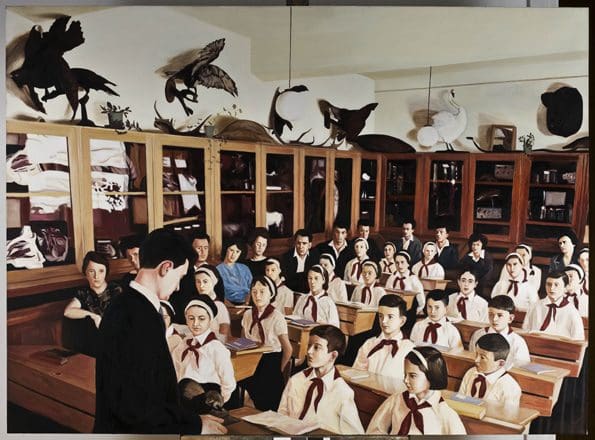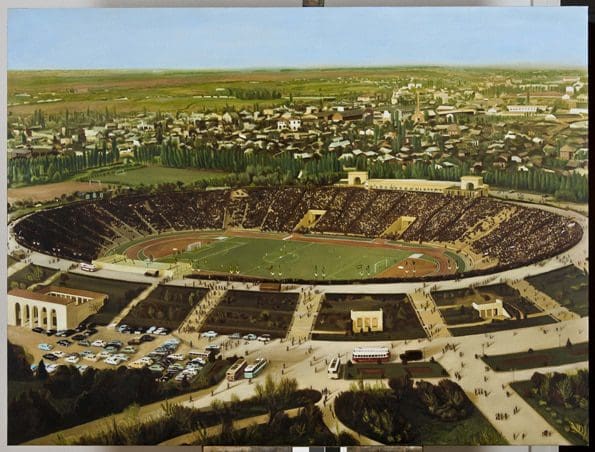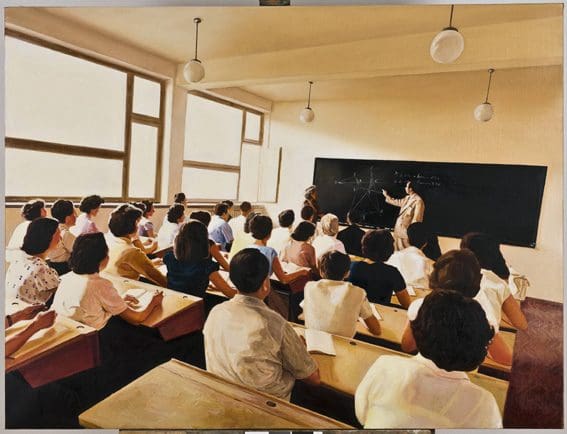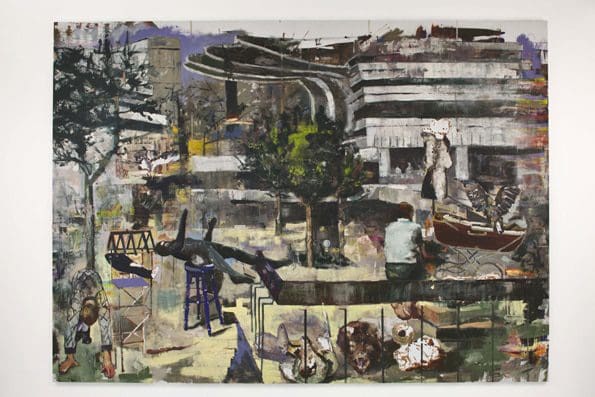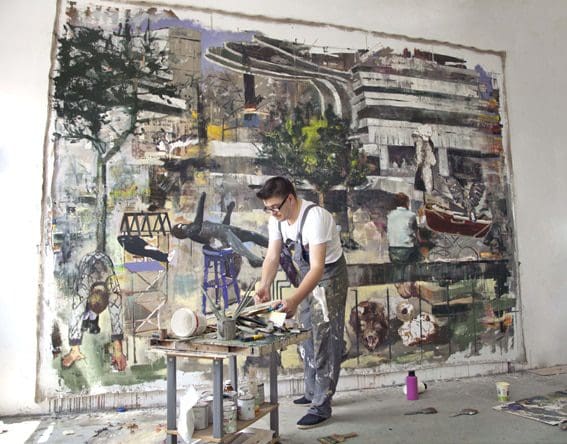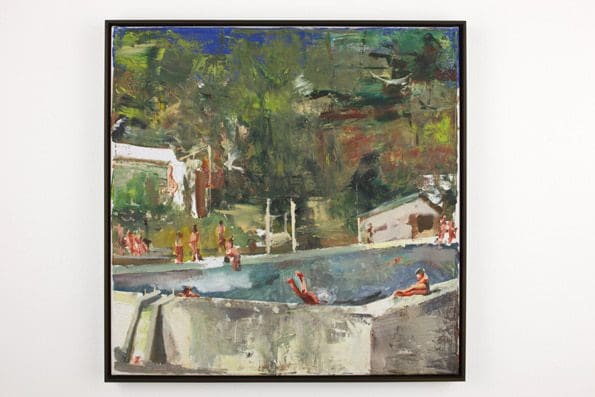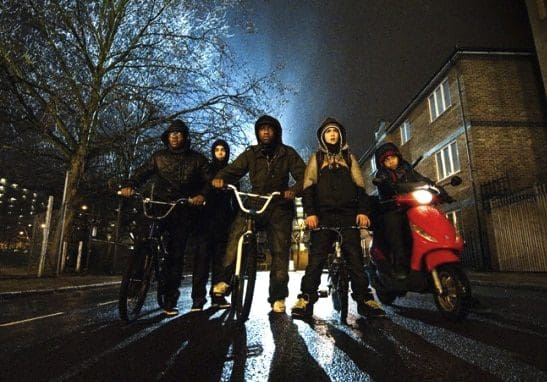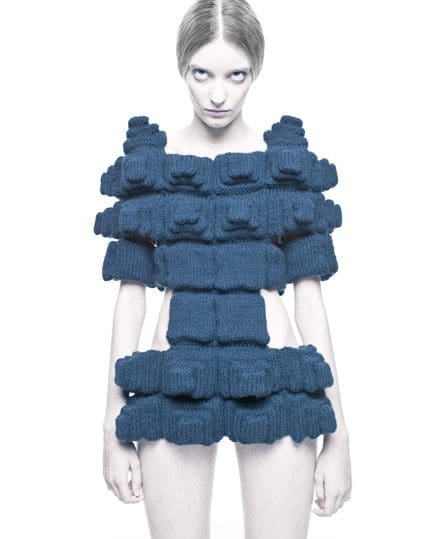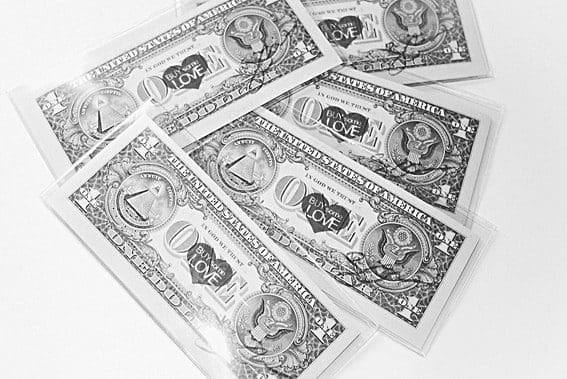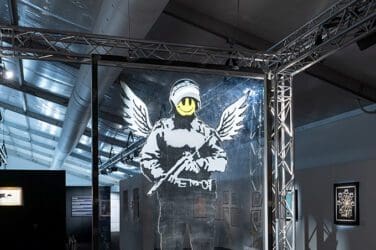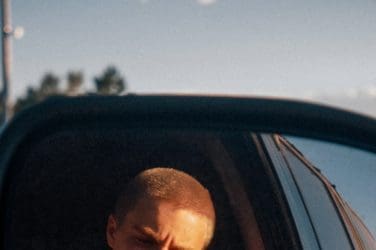Romanian Art from Marius Bercea, Stefan Constantinescu and Adrian Ghenie
Over the last 20 years sine the fall of communism in eastern Europe, the region’s contemporary art scenes have developed with a quiet confidence. At home, young and international cultural cliques have forged nascent scenes, while abroad a clutch of artists have seen their profiles soar. Defying Western stereotypes of poverty, orphans and Dracula that have defined impressions of the country, Romanian art has been at the forefront of this spurt in contemporary eastern European culture.
In many ways, Romania sums up the wider interaction of peripheral players in the global art world, with talented individuals operating with a low public profile in their home country, while a select few achieve acclaim abroad. Since London stands at the very heart of big money, high exposure art activity, there is a kind of odd logic in the fact that three of Romania’s leading artists should (by coincidence) have concurrent solo shows there, an occurrence that would be rare in Bucharest.
Of the Romanians currently showing in London, the standout name is painter Adrian Ghenie exhibiting at bluechip gallery Haunch of Venison’s newly renovated, three-floored Mayfair warehouse space. Formerly based in Cluj, northern Transylvania (where he retains studio space), Ghenie (b.1977) has spent most of the last year living in London. One of the biggest names in Romanian art from the last 20 years, Ghenie’s painting tends towards a dark, thick aesthetic, with his work seen as one of the leading exponents of what has been termed the ‘Cluj school’ of contemporary painting. The works shown at Haunch of Venison, mostly painted in the last two years, do begin to introduce brighter tones with splashes of pink and gold, but the subjects remain firmly tied to the darker manifestations of humanity.
Characterized by a look that can be variously described as big, bold, powerful and accomplished, Ghenie’s canvases flow between strong figurative elements and more abstract intrusions. A number of the larger works here will remind some of the flaking billboards that populate urban environments far and wide. In The Devil 3 (2010), muscular grey dogs stand in a dystopian, deconstructed landscape, with Ghenie overlaying a traditional background with less graspable imagery. Similarly, in Self-portrait as Charles Darwin (2011), Darwin (or Ghenie) sits in a vividly drawn armchair, while behind there is a sense of steps leading somewhere you may not want to tread. Rather than the positive results of science, the themes here cover eugenics, race and a social survival of the fittest, with Josef Mengele a prominent figure in the exhibition. Bringing to mind the 19th century Romantics’ aversion to social and scientific ‘progress’, Ghenie feeds on the idea of menace, with the central monkey in The Hunted (2010) appearing ready to literally tear out of the canvas onto some hapless viewer.
Exhibiting at Mayfair’s Blain Southern gallery, Marius Bercea (b.1979) is another prominent Cluj painter whose work expresses similar technical excellence to Ghenie. Like Ghenie, Bercea’s painting, with its autumn tones and loosely-figurative story-telling, adheres to the wider Cluj ‘look’, but importantly it also carries its own distinct identity. Included in the London show is the major new painting, Truths with Multiple Masks (2011), measuring almost three by four meters, where an assortment of beasts, fallen statues and isolated figures exist in a patchwork landscape. Engrossing in its monumental proportions, the work recalls – in its own style – historical painting of religious scenes or busy civic townscapes, as well as mural art by the likes of Diego Rivera. A recurring feature across the exhibition are boldly rendered examples of modernist, communist architecture, gleaming white structures that appear overgrown by encroaching vegetation. Despite their strong imagery, though, Bercea’s paintings are perhaps best viewed up-close to the point where colours and lines begin to blur into a mesmeric abstraction and globules of paint add a coarse, earthy texture. Adding up to complex wholes, Bercea never ignores the minutiae of intimate moments, with perhaps the best painting of this exhibition found in the relatively small Untitled (swimming pool) (2011), a charming image that blends the energy and relaxation of bathers enjoying a summer swim.
Completing London’s Romanian triplet, the slightly older Stefan Constantinescu (b. 1968), exhibiting in Hackney’s Galerie 8, offers a starker counterpoint to his younger Transylvanian compatriots. Emanating from Bucharest and now living mainly in Stockholm, Constantinescu is best known for his slickly produced film work, which spans video art, documentary and drama. The Galerie 8 show includes a well presented projection of one of Constantinescu’s best known films, Troleibuzul 92 (2009), which was included in Romania’s 2009 Venice Biennale participation. Over the last two years, though, Cosntantinescu has returned to his original training as a figurative painter, with paintings from his developing series An Infinite Blue dominating the exhibition. Referencing the positive illusions of Ceausescu-era propaganda, and the role of military censors in modifying artists’ output, the highly skilled paintings show a Romania that perhaps never existed, inviting questions about the projection of false utopias. Also evident here, though, is a form of reminiscence for a place that stands aside from uncontrolled capitalist consumerism – a counterpoint that brings Constantinescu’s imagery firmly within the 21st century fold.
Marius Bercea – ‘Remains of Tomorrow’ is showing at Blain Southern, London, 8 September – 1 October 2011.
Stefan Constantinescu – ‘An Infinite Blue’ is at Galerie 8, London, 9 September – 16 October 2011.
Adrian Ghenie is at Haunch of Venison, London, 8 September – 8 October 2011.
Words Richard Unwin


